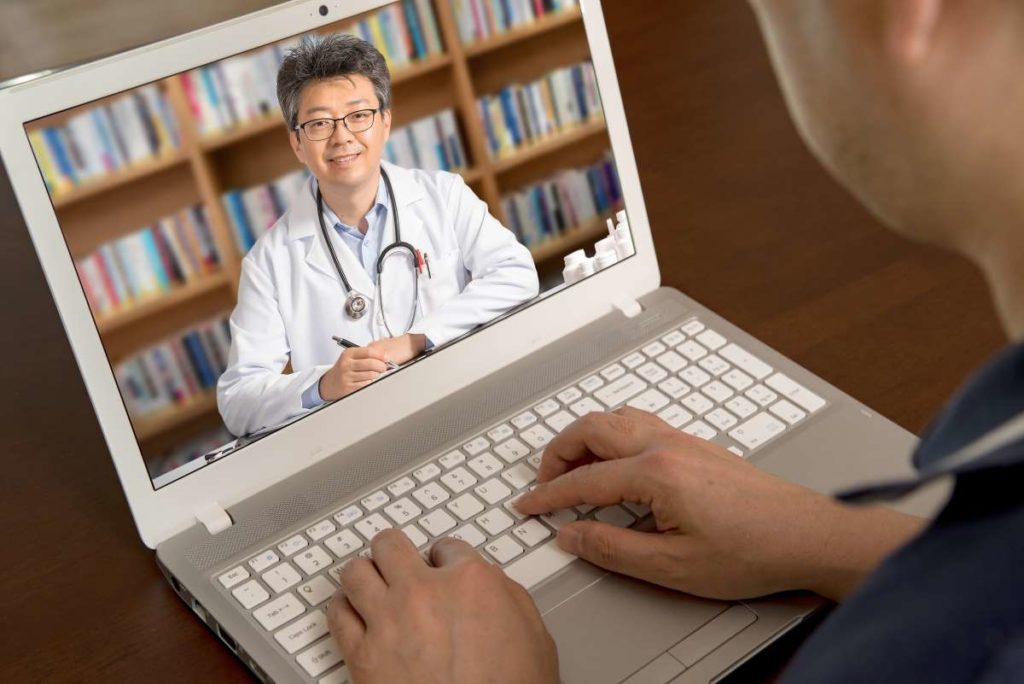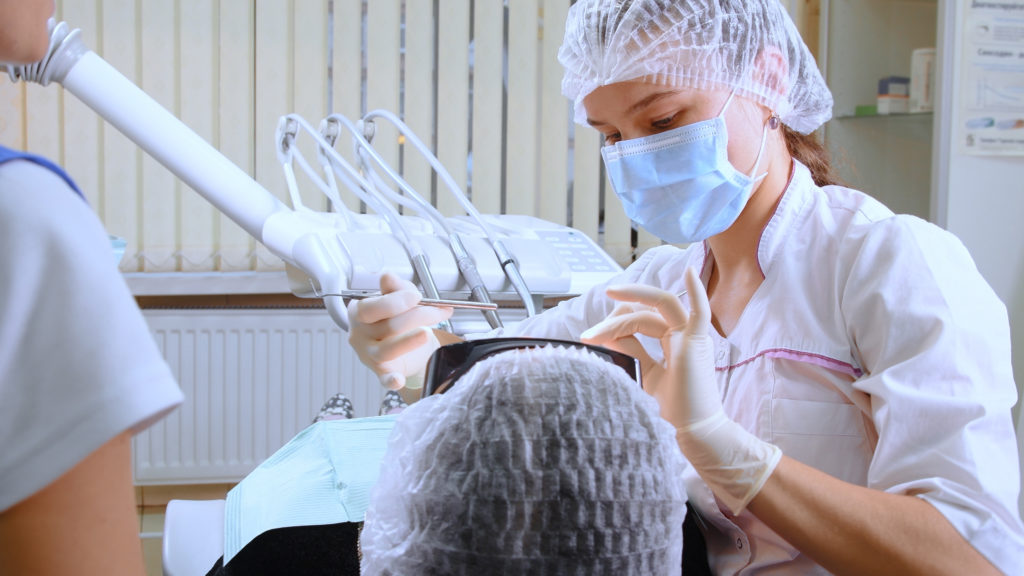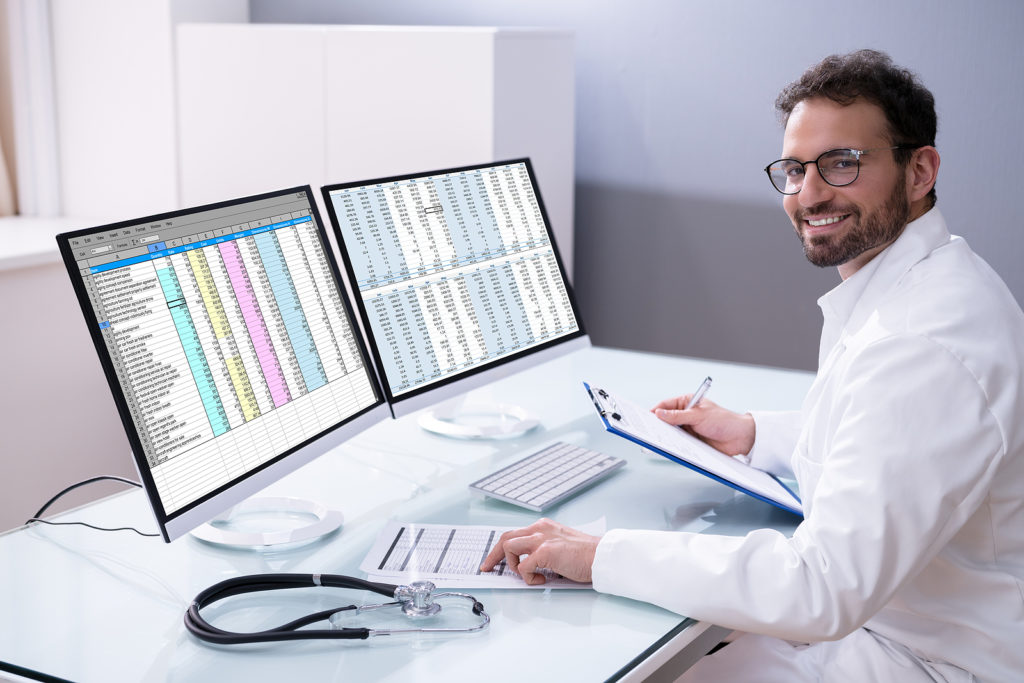The COVID–19 pandemic has significantly changed the healthcare industry’s disposition towards Remote Patient Monitoring (RPM). For a significant period of time last year, the global pandemic made it nearly impossible to administer routine vital measurement checkups, like blood pressure as just one example, to patients with chronic care needs. As a result, remote patient monitoring systems emerged as a solution allowing clinicians a means to provide this crucial care to patients in a safe way.
RPM systems have added benefits for practitioners, too: making patient data more accessible, creating a lower risk of burnout, lowering costs, raising efficiency, and enabling higher quality care. Knowing these benefits, you may wish to start considering an RPM tool if you have not already. Before doing so, it may be beneficial to learn what to consider when selecting a Remote Patient Monitoring system.
1. Identify Patients Best Suited for RPM Tools
RPM empowers patients by directly involving them in their care plan, by providing ongoing support from the care team, and ultimately strengthening the patient-provider relationship. Knowing the benefits of RPM, it is important to recognize that some patients will benefit from this tool more than others. Creating a criterion for which patients should be monitored or not can help you decide the best RPM to invest in. Examples of these patients might be high-risk patients that have been previously hospitalized for conditions related to blood pressure, diabetes, heart failure, or COPD.
2. Evaluate Technology’s Ease-of-Use and Integration Capabilities
A technology partner should complement current resources in your practice and meld seamlessly with patients’ technology aptitude. When reviewing the technology offerings of RPM companies, ensure that the technology integrates with your current EHR and other tools. Discover who in the relationship would submit time and billable claims. Evaluate the RPM tool’s ease of use. Will your patient population potentially struggle while using this tool? If so, find out how technological support will be administered.
3. Set a Realistic Budget
RPM requires an investment for patient devices. Think back to Step 1. Do you have a sizeable target population for RPM tools? Keep in mind that the average annual RPM reimbursement per Medicare–eligible patient starts at around $1,400. Be conscientious of common ways RPM companies bill services: per–patient–device upfront, device leasing, or incorporating device costs into platform fees. Estimate potential total annual income from RPM and remember that number when considering a Remote Patient Monitoring company.
Also of note is the fact that grants are available for RPM devices in response to the COVID-19 crisis.
- The USDA is offering distance learning and telemedicine grants to most rural-based entities that provide telecommunication education or health care.
- The NIH is providing a grant to address modifiable risk factors for cancer in rural populations, telemedicine, or behavioral health services falling under this category.
4. Understand Payment and How to Meet Requirements
Understanding requirements for providing RPM services and billing processes are key when selecting Remote Patient Monitoring companies. Billable time is submitted to Medicare and other private payers for payments, but you may still have to pay your RPM technology partner based on the patient count. If understanding this is not a goal, make sure your technology partner accurately tracks billable time and assists in the submission process. Lastly, RPM programs demand a level of security and other requirements. A technology partner should understand these to avoid not getting paid or even being audited.
5. Create a Timeline
Any change presents the potential for issues. Create a timeline to set realistic expectations for the entire team and help foresee potential barriers. Make sure to include steps from pre-implementation to ongoing maintenance— this is important for preventing frustration among team members and patients.
6. Educate Staff and Patients
Ensure you have a dedicated team or team members for the RPM implementation process. Team members need to be knowledgeable to not only implement the program but also to onboard and retain patients. An important key to onboarding is to get patients to buy-in. To successfully do so, ensure materials on RPM include a clear explanation, patient expectations, benefits for the patient, and co-pay information.
Medical Advantage Can Help
Are you overwhelmed by the necessary considerations involved in choosing an remote patient monitoring system? Medical Advantage’s expert consultants have experience with RPM technology and optimization, go-live assistance, training, and ongoing support. Contact one of our consultants today to learn how our team can help you increase your medical practice revenue, grow your practice, and keep your organization viable as RPM technology continues to change the healthcare landscape.
This blog is adapted from a post which originally appeared on Becker’s Hospital Review.




